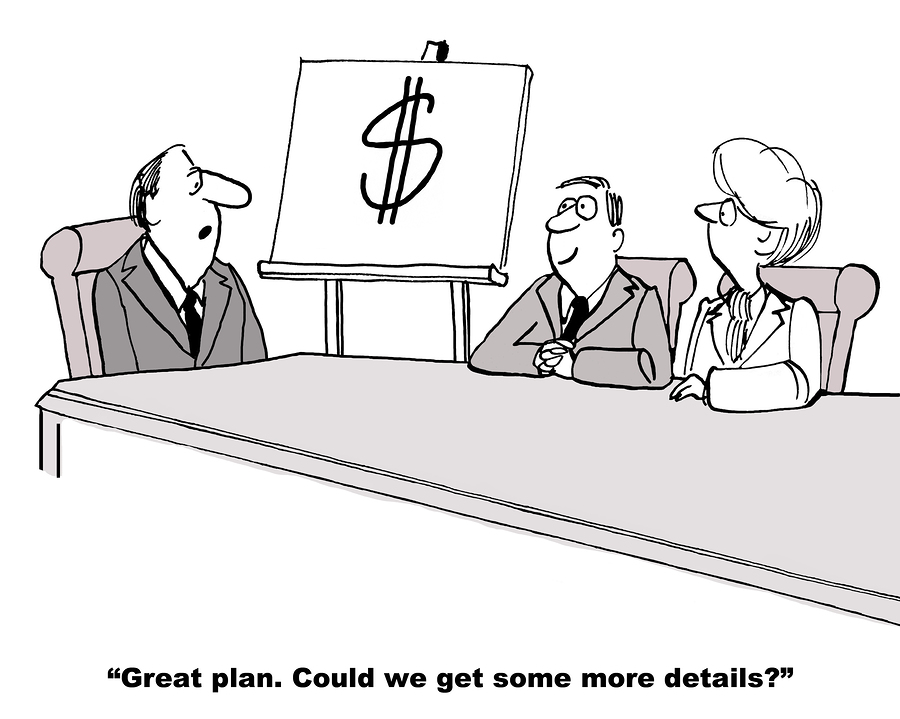A recent poll conducted by Cost Management Association identified the 5 biggest challenges organizations are facing today related to cost management as follows:
-
Gaining management buy-in
-
Need more management support
-
Generating new savings opportunities every year
-
Need more time
-
Too many new products, services, and technologies to analyze
Why are we still facing the same challenges we talked about incessantly in the 19th century? In my opinion, the reason that we still have these same timeworn challenges is that organizations have invested millions of dollars in the new millennium on new budgeting, payroll, credit and collection, decision support, and various other systems, but have spent little or no dollars on cost management systems to manage and control non-salary and salary expenses.
Why? Because most management continues to look for quick and easy solutions to control their non-salary and salary expenses, as opposed to coming to the realization that their operating costs need to be managed continuously, not as a onetime event.
As an example of this trend, let’s look at how organizations typically approach managing and controlling their non-salary expenses. Most organizations’ approach to managing and controlling their non-salary expenses are episodic, event-oriented, and reactionary in nature. The organization only reacts to requests or complaints on or about products, services, or technologies when an internal customer or external supplier gets them on their radar screen. This is opposed to having a management system, like value analysis, in place with a unifying philosophy based on value to continuously evaluate the worth and relevance of their products, services, and technologies in a strategic manner that will recognize how a product fits into the hierarchy of the organization’s overall product, service, or technology mix, functionality, and short and long-term cost and quality strategies.
Further, most organizations only focus their energies on new products, services, and technologies, while little or no emphasis is placed on value justifying the millions of dollars spent on existing products, services, and technologies that are purchased annually by the organization. THIS IS LEAVING THOUSANDS OF PRODUCTS, SERVICES, AND TECHNOLOGIES THAT NEVER GET ON ANYONE’S RADAR SCREEN. Does this sound like a management system (repeatable, measurable, trainable, proactive, and continuous) to you?
If organizations are serious about attacking their operating costs in the 21st century, then they must approach this challenge in a systematic and scientific manner, not as a onetime event, when their cash flow or revenues are squeezed due to managed care pressures. Value analysis is the answer to this challenge!
